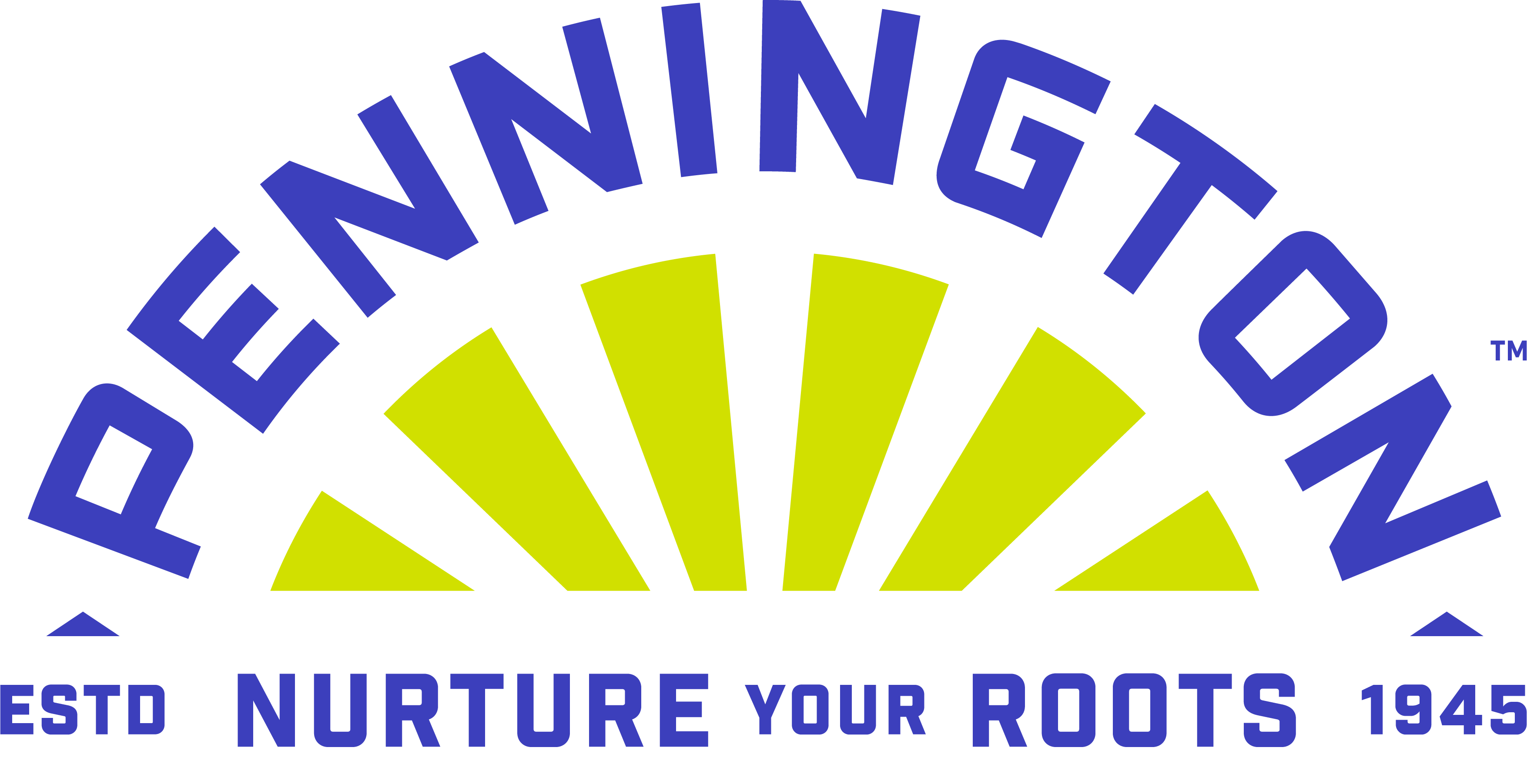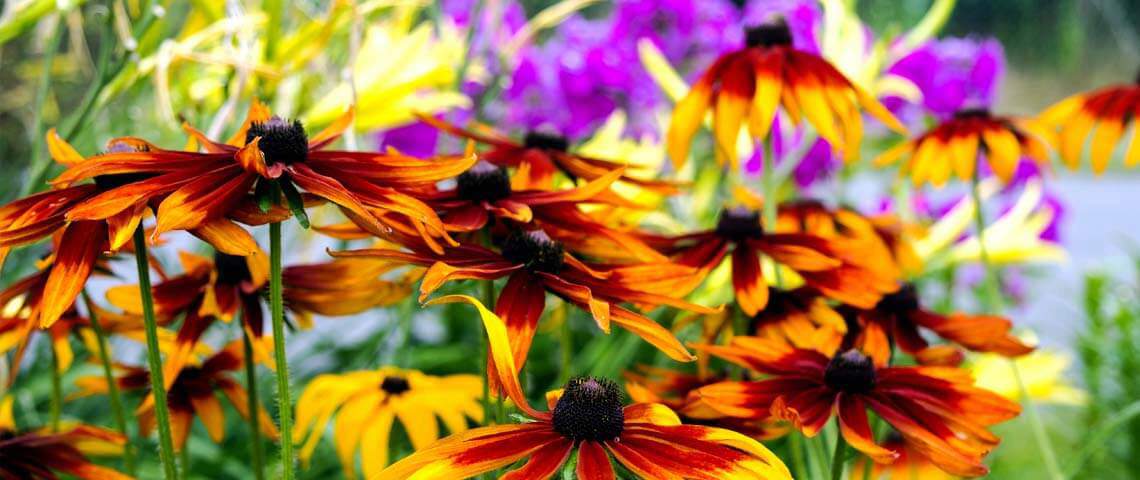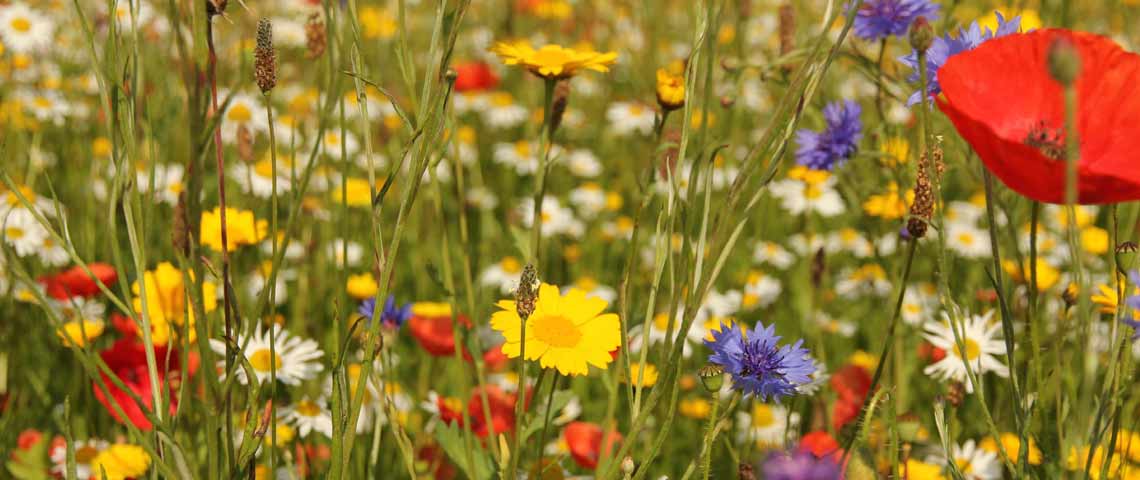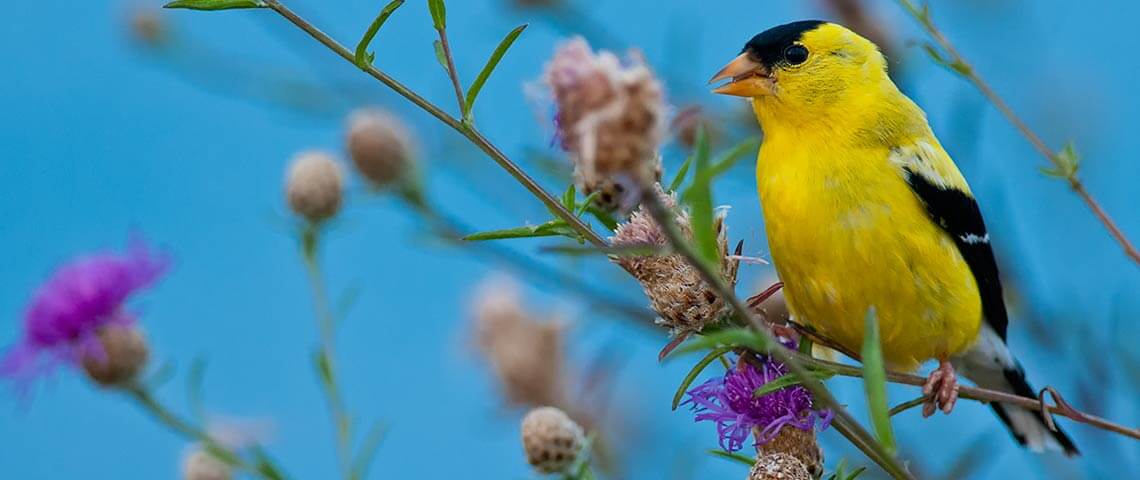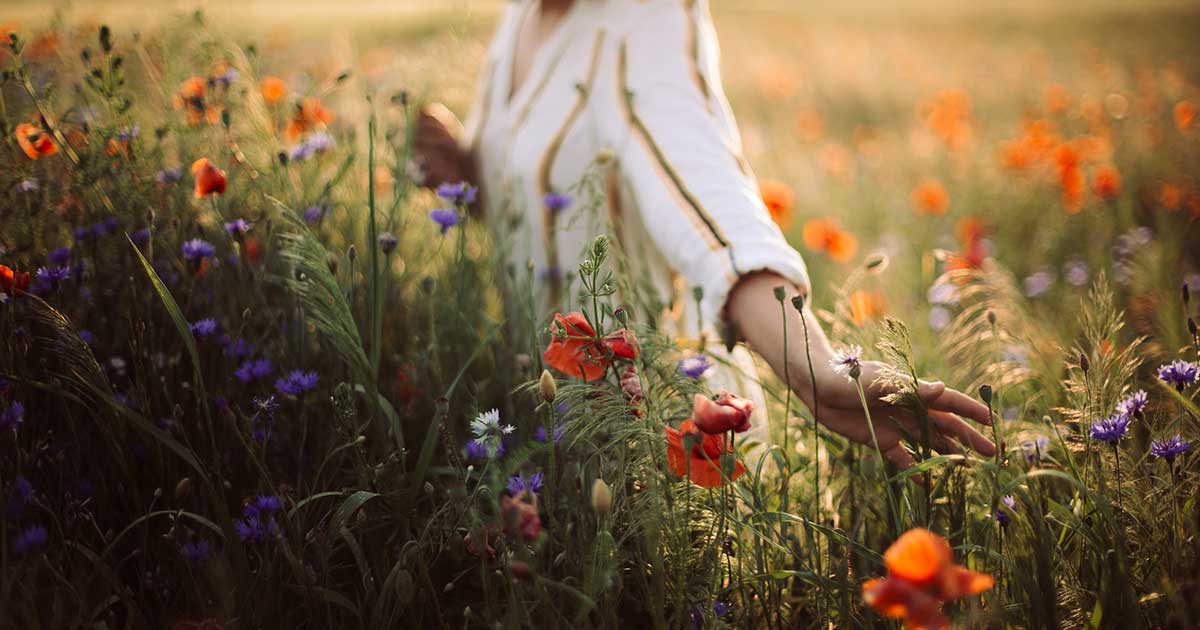Why and How to Pick Native Plants for Your Landscape
A garden of native plants can benefit people, wildlife and the environment in many ways. Chosen wisely and tended properly, these easy-care beauties provide years of enjoyment for gardeners and the people and creatures that share their spaces. Whether you're new to native plants or know them well, understanding natural keys to success can help them reach their full potential.
Native Distinctions That Make a Difference
When a beautiful, thriving native garden is your goal, just any “native" won't do. North American natives are plants indigenous to this continent, ones that occurred naturally without human intervention. But not all North American natives are suited to all North American gardens. Using plants native to your region or to a very similar climate can make the difference between enjoying native plant benefits and struggling to keep plants alive.
One look at native plants from the American Southwest and you'll understand the importance of choosing natives appropriate to your garden's location. Natives from hot, arid regions flounder and die in cool, wet climates — unless you intervene and invest extra effort to keep them alive. Many cultivated varieties of modern garden plants were developed from natives. These cultivars, sometimes called nativars, aren't native in the strictest sense, but they can add native-like beauty and zest to gardens. Choose nativars with the same attention to growing conditions that you use with native plants.

Native wildlife and native plants evolved together with mutually beneficial bonds.
Benefits Natives Bring the Neighborhood
Besides their natural beauty, properly sited native plants require less maintenance and less supplemental water than nonnatives. These plants evolved over time with the soils and insect life in their natural environment, so they're well-adapted to native soils and native insects. Native plants are adept at utilizing soil nutrients and natural resources — whatever the natural soil pH. Their longstanding relationships with beneficial native insects also help keep invasive pests in check.

Native gardens look very different from one region to the next.
The harmony between native plants and their native environment provides other benefits as well. Healthy, deep-rooted natives help reduce soil erosion due to water and wind, and help filter rainwater back to aquifers instead of into runoff. In areas with high precipitation, the native plants flourish with extra moisture. Where rain is scarce, the region's natives go unfazed by drier conditions. As part of a natural ecosystem, native plants also hold a special attraction for wildlife and provide shelter and food for native animals and birds.
Design and Care for Native Gardens
The only limitations on native garden designs are personal preferences and imagination. Some gardeners chose a strict, natural approach, with a kind of cultivated wildness that mimics the countryside. Other native plant gardeners prefer traditional, even formal, garden designs. They simply substitute natives where nonnatives went before. Both extremes can be beautiful, but they're still cultivated garden beds that differ from untouched native landscapes.
Most gardens — even those filled with native plants — are much more competitive than natural settings. In garden confines, closely placed plants vie for shared food and water. In addition, native soil around homes often gets altered during construction. So, garden natives may need extra care and nutrition to reach their potential. Grouping natives by similar care requirements simplifies maintenance and enhances health. If some natives prefer moister soil, group them together for easy care, and keep an eye on nutrient needs. The plants will appreciate it, and so will you.

Never collect plants from the wild without permission and permits.
Give your garden soil an added boost by incorporating organic matter, such as earthworm castings, which condition soil, add nutrients and encourage vigorous plant growth. Native garden plants do best with natural, slow-release plant foods that provide the gentle, steady, well-rounded nutrition that garden life demands. Pennington Rejuvenate Plant Food All-Purpose 4-4-4 revitalizes your soil with essential nutrients and treats native plants to a blend of natural and organic ingredients — including earthworm castings — to nourish natives from the inside out.
Sources for Natives Suited to Your Region
One of best starting points for information on native plants and seeds is a list of national, regional and state native plant societies. The American Horticultural Society and the North American Native Plant Society offer listings by state and region to help you locate expert advice for your locale. The U.S Department of Agriculture Forest Service also maintains an extensive list of native plant societies, botanical gardens and arboretums. The University of Texas at Austin's Ladybird Johnson Wildflower Center, your local county extension office and local native plant nurseries are rich sources for information and lists of appropriate native plants.

When searching of native plants for your garden, it's wise to stick with reputable growers. Never collect native plants from the wild without specific permission and legal permits, and don't buy rare natives from unknown sources. Many native plants and the lands on which they grow are legally protected. As native habitats dwindle, more native plants become endangered or threatened. The plant you dig may be the one that keeps that native in the wild.

Many modern flower varieties got their start with prairie natives.
Gardening with native plants offers rewards of natural beauty, low maintenance and environmental stewardship. Pennington and the Pennington family of garden products can help you create beautiful, healthy native gardens for your family, neighbors and local wildlife to enjoy for years to come.
Pennington is a registered trademark of Pennington Seed, Inc. Lilly Miller, Alaska and Worry Free are registered trademarks of Central Garden & Pet Company.
